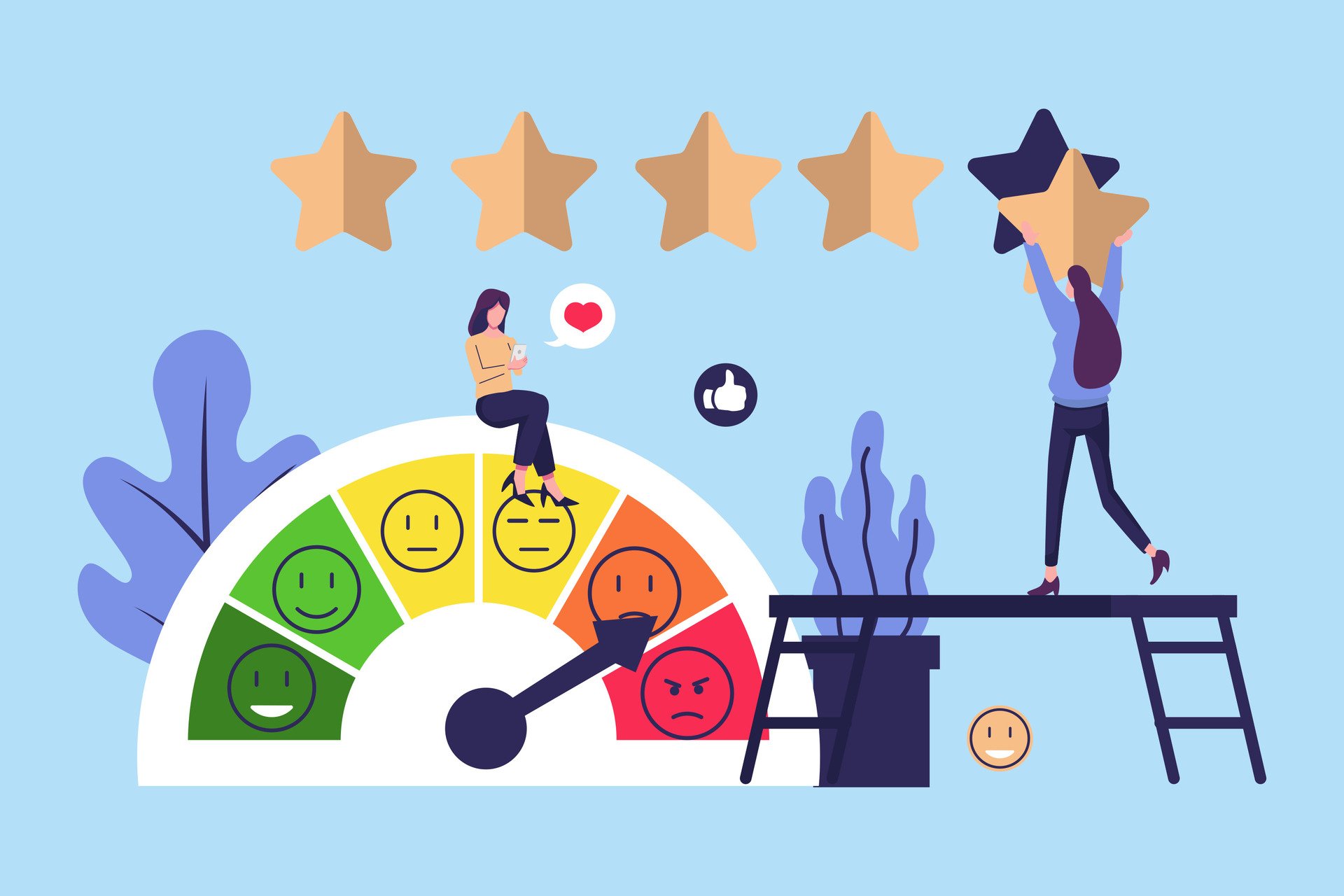Time tracking methods to increase the productivity level at work
Time management is a skill I think many of us have really lost with the number of distractions pulling us in multiple directions.
It’s similar to exercise, if you don’t stay on top of it and make a conscious effort, it gets away from you. I noticed I felt tired and worn out after “working” all day but less and less seemed to be getting done.
I decided to start tracking my time to find out where my hours were really going and it was surprising how much time I spent “working” that was completely unnecessary. How long things really took me and how productive my day really could have been was unbelievable.
I would always just tell myself there “weren’t enough hours in the day” (even though I’m sure 16 hours are actually plenty).
Now I don’t let time get away from me to stay on track and work more efficiently.

Here’s how to track time at work and obtain benefits
I tried out a few different methods for tracking time.
For personal projects, I started using Toggl. I wrote about it in a previous post, actually. It’s awesome. It allows you to track time by project and keep track of how much time you’ve spent on each one in a really simple interface. If you’re a contract worker, you can use this to track billable hours.
For my work at Hibox, I use Hibox’s task time tracking feature. It’s built into the app and I can just click “start” to track my tasks. I know exactly how long certain tasks take so I can compare. There’s also an added push to get things done efficiently when I know the timer is on, which is great.
Schedule around your most time-consuming tasks:
Once you identify which tasks throughout your day actually take the most time, you can build your schedule around those tasks. For me, scheduling the most time consuming tasks at the beginning of the day helps me feel more motivated and accomplished as I get through them, and it helps me to conserve my energy.

If you’re looking for a personal productivity app, I highly recommend Any.do. If you’re looking for a collaborative team solution, try Hibox for free.
Eliminate what unnecessarily takes up your time and track it efficiently at work
Once I tracked my actual tasks for work and projects, my total time didn’t at all reflect how much I was “working” per day. So clearly, I was wasting time somewhere. By tracking how long my tasks actually took, I was able to see what pointless distractions were wasting my time. Being distracted instead of getting our work done is all a part of our subconscious. When you run on autopilot without being honest with how you’re going to use your time, you’re much more susceptible. Now, I even plan timed breaks in between work so there’s no place for the same habits to slip in.
Find a system that works for you:
Once I knew how much time my work actually took, and how much of my day I was spending distracted, I tried out different time management and planning techniques for my workday until I found the right one. Everyone’s attention span and work style are different. Personally, for me, the Pomodoro method of 25 minutes on, then a 5 minute break works perfectly.
The key with any technique or system is consistency. It has to become more of a habit than your previous bad habits of managing time.
A couple of other techniques you should try are:
Franklin Covey Time Management System (from The Seven Habits of Highly Effective People)




